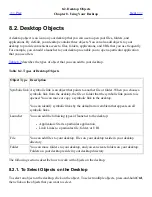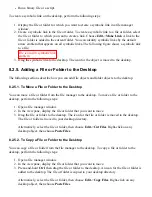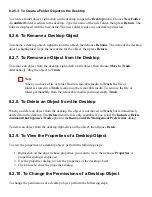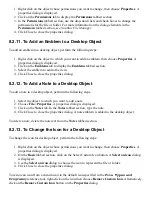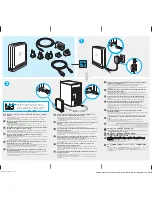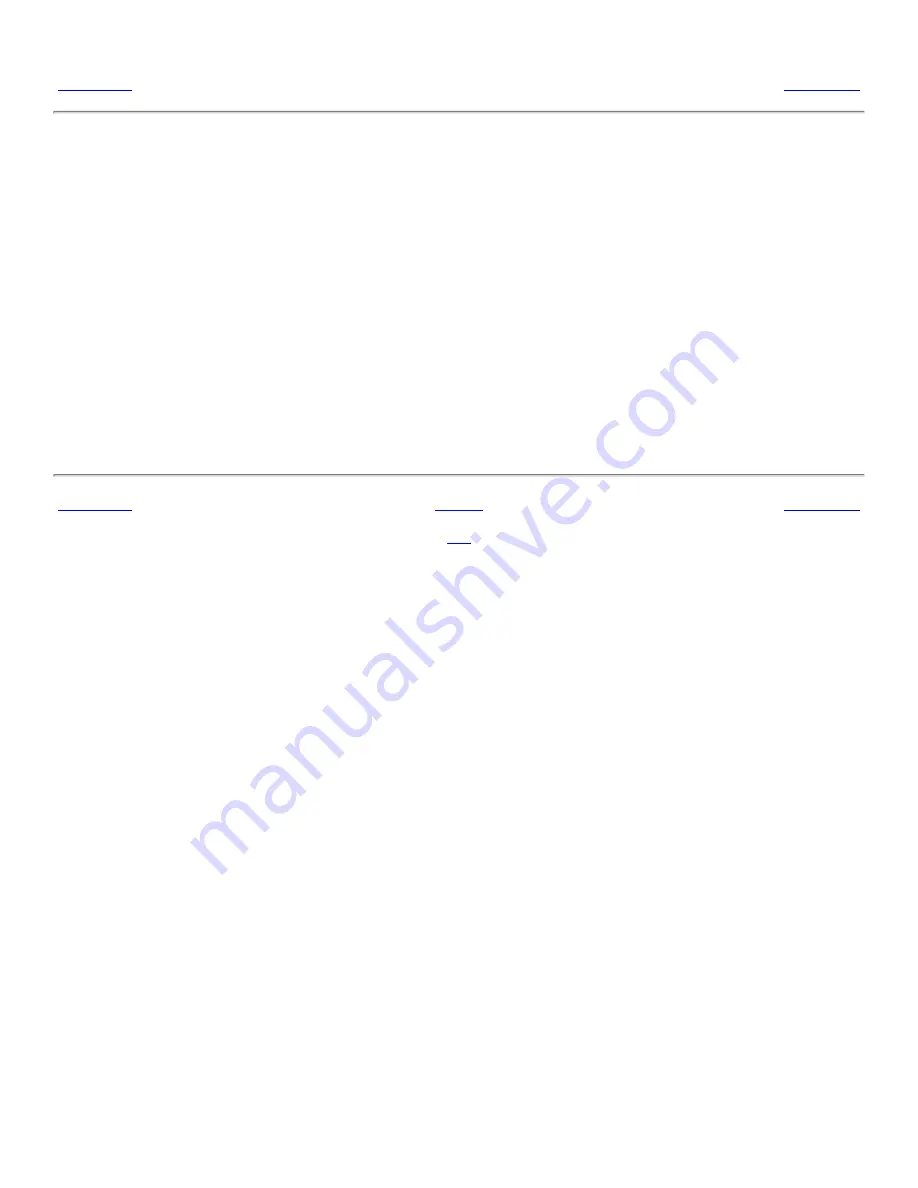
7.10. Running Scripts From the File Manager
<<< Prev
Chapter 7. Nautilus File Manager
Next >>>
7.10. Running Scripts From the File Manager
The file manager includes a special folder where you can store your scripts. When you add an
executable file to this folder, the file is added to the Scripts submenu. To run a script choose File-
>Scripts, then choose the script that you want to run from the submenu.
To run a script on a particular file, select the file in the view pane. Choose File->Scripts, then choose
the script that you want to run on the file from the submenu. You can also select multiple files to run
your scripts on.
To view the contents of your scripts folder, choose File->Scripts->Open Scripts Folder.
<<< Prev
Home
Next >>>
7.9. Writing CDs
Up
Chapter 8. Using Your Desktop
Summary of Contents for 2.4
Page 9: ... Prev Home Next 1 3 Using Windows Up 2 1 Introducing Desktop Environment Components ...
Page 15: ...5 7 Customizing Your Menus Up 6 1 Windows and Workspaces ...
Page 40: ... Prev Home Next 2 4 Windows Up 2 6 Nautilus File Manager ...
Page 76: ... Prev Home Next 4 7 Menus Up Chapter 5 Working With Menus ...
Page 84: ... Prev Home Next 5 3 Applications Menu Up 5 5 Main Menu ...
Page 86: ...5 4 Actions Menu Up 5 6 Menu Bar ...
Page 99: ... Prev Home Next 6 2 Types of Window Up 6 4 Manipulating Windows ...
Page 149: ...Chapter 8 Using Your Desktop Up 8 2 Desktop Objects ...
Page 157: ... Prev Home Next 8 2 Desktop Objects Up 8 4 Using the Desktop Menu ...


















